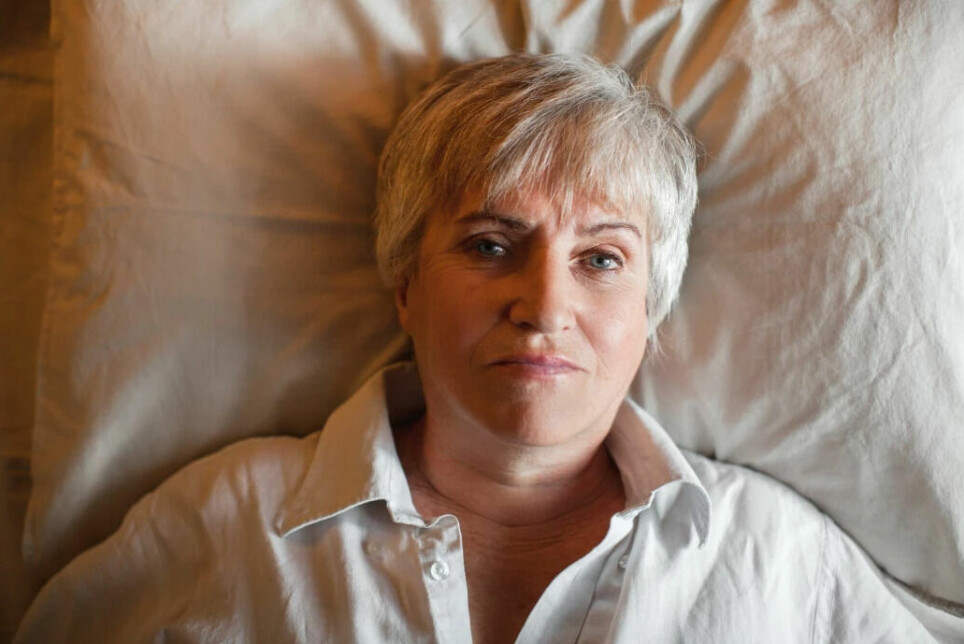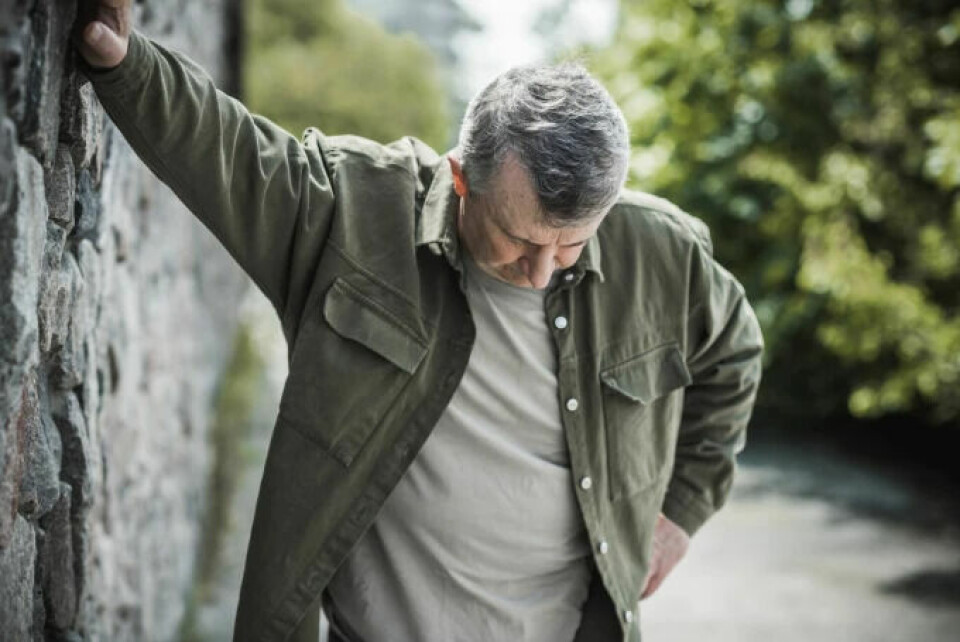
These are the most common negative life experiences that people go through
Statistics Norway has investigated which serious life events people go through. Life can be hard on all of us at some point, but negative life events do not affect all groups in society equally.
Almost one in five Norwegians has experienced serious illness among those closest to them in the past year. One in seven has experienced the death of a loved one.
Financial problems are also common. Almost every tenth person in Norway has experienced this in the last 12 months.
For several years, Statistics Norway has asked Norwegians what serious life events they have been through in the last 12 months or the last few years. Just over 17,000 people responded when the latest survey was carried out last year.
Illness and violence
Almost 7 per cent of all those questioned had themselves been exposed to a serious illness or suffered a serious injury in the past twelve months.
An equally large proportion had experienced unemployment.
Physical violence affects somewhere between 1 and 3 per cent of the population each year, depending on what form of violence is looked at.
A total of 3 per cent state that they have been exposed to psychological violence.
Sexual assault
Statistics Norway's Quality of Life survey from 2020 – 2021 shows that most life events affect women and men equally often.
The big exception is sexual assault.
Here, a whole 15 per cent of women say that at one time or another during their lives they have been forced or attempted to be forced into sexual intercourse, while 3 per cent of men say the same.
Among women aged 18-24, more than one in five have experienced this.
According to Statistics Norway, the latter does not necessarily mean that sexual abuse has become more common. It could be that events are remembered better closer to when they occurred. However, it could also be down to how participants interpret the question, they write.
In a survey from 2019, researchers also found that there are large gender differences in exposure to, and experiences of, violence. Women experience a higher incidence and more serious violence from their partners, and fear being injured or killed to a greater extent, Margunn Bjørnholt and Hannah Helseth from the Norwegian Centre for Violence and Traumatic Stress Studies have studied this.
They find that sexual violence from a partner, violence during pregnancy, and violence against mothers are significant parts of the violence women are exposed to.
The new Statistics Norway survey shows that young men are more often exposed to violence or threats. Among those aged 18-24, 18 per cent of men and 13 per cent of women say they have experienced this in the last five years.

Large social differences
When the statisticians at Statistics Norway count the life events people have been through, clear social differences emerge. People who receive social assistance, people with reduced functional abilities and some groups among non-heterosexuals clearly experience more so-called negative life events than others.
Among those who experience fewer negative life events than others, we find pensioners and people with a long education from university and college.
Among social assistance recipients, on the other hand, three times as many – 15 per cent compared to 5 per cent in the rest of the population – have experienced at least three negative life events in the past year. This is not counting the financial problems that those who receive social assistance have.
“Our health depends on our social and economic living conditions. Occupation, education and income affect these living conditions,” Steinar Krokstad, professor of public health at the Norwegian University of Science and Technology (NTNU), said to forskning.no in 2019 (link in Norwegian).
Homosexuals and lesbians
Among sexual minorities, bisexual women and men who do not identify as homosexual clearly experience more negative life events than others.
“Queers score poorly on all the quality of life indicators, but they stand out particularly negatively in terms of finances,” Statistics Norway adviser Karin H. Gram told sciencenorway.no last year.
The Quality of Life survey from last year was the first to also examine sexual orientation and sexual attraction. In it, queers said that they are particularly unsatisfied with personal finances and mental health.
Unemployment is one of the reasons why queers were so unsatisfied with their finances, according to Gram.
“We know that unemployment and disability are more prevalent among queers,” she said.
But lesbian women and gay men differ relatively little from the rest of the population when it comes to negative life events in the new survey.
An exception is that lesbian women experience divorce and break-ups relatively often. Among men, the difference in divorce and break-ups between homosexuals and heterosexuals is much smaller.
Little education is a significant factor
Statistics Norway points out that shorter education (primary school only) now stands out as a more significant factor than the statisticians have seen previously.
The risk of having experienced a negative life event in the past 12 months is between two and three times as high for this group as for people with a long education from university or college.
In particular, the risk of experiencing financial problems decreases with longer education. But the risk of becoming seriously ill or being exposed to sexual abuse also decreases with longer education.
Previous research has also shown that highly educated people receive more and better help in the healthcare system than those with low education.
“My data suggests that the highly educated are favored over the less educated, but we know too little about why this happens,” researcher Jon Ivar Elstad from OsloMet said in 2018 (link in Norweigan).
- RELATED: Who your parents are matters more and more, even in the social democracy of Norway
- RELATED: Children's school results are more related to parents' income than before
———
Translated by Alette Bjordal Gjellesvik.
Read the Norwegian version of this article on forskning.no
Reference:
Anders Barstad: Negative livshendelser – hvem rammes mest? (Negative life events – who is most affected?), Statistics Norway, 2022.
































